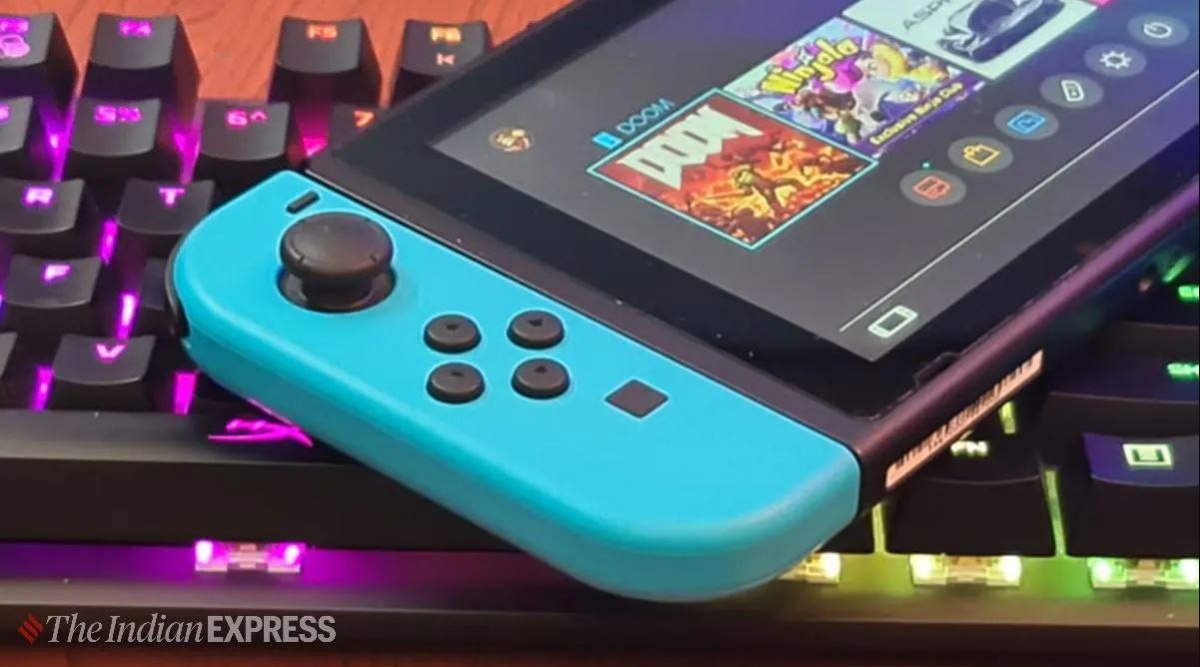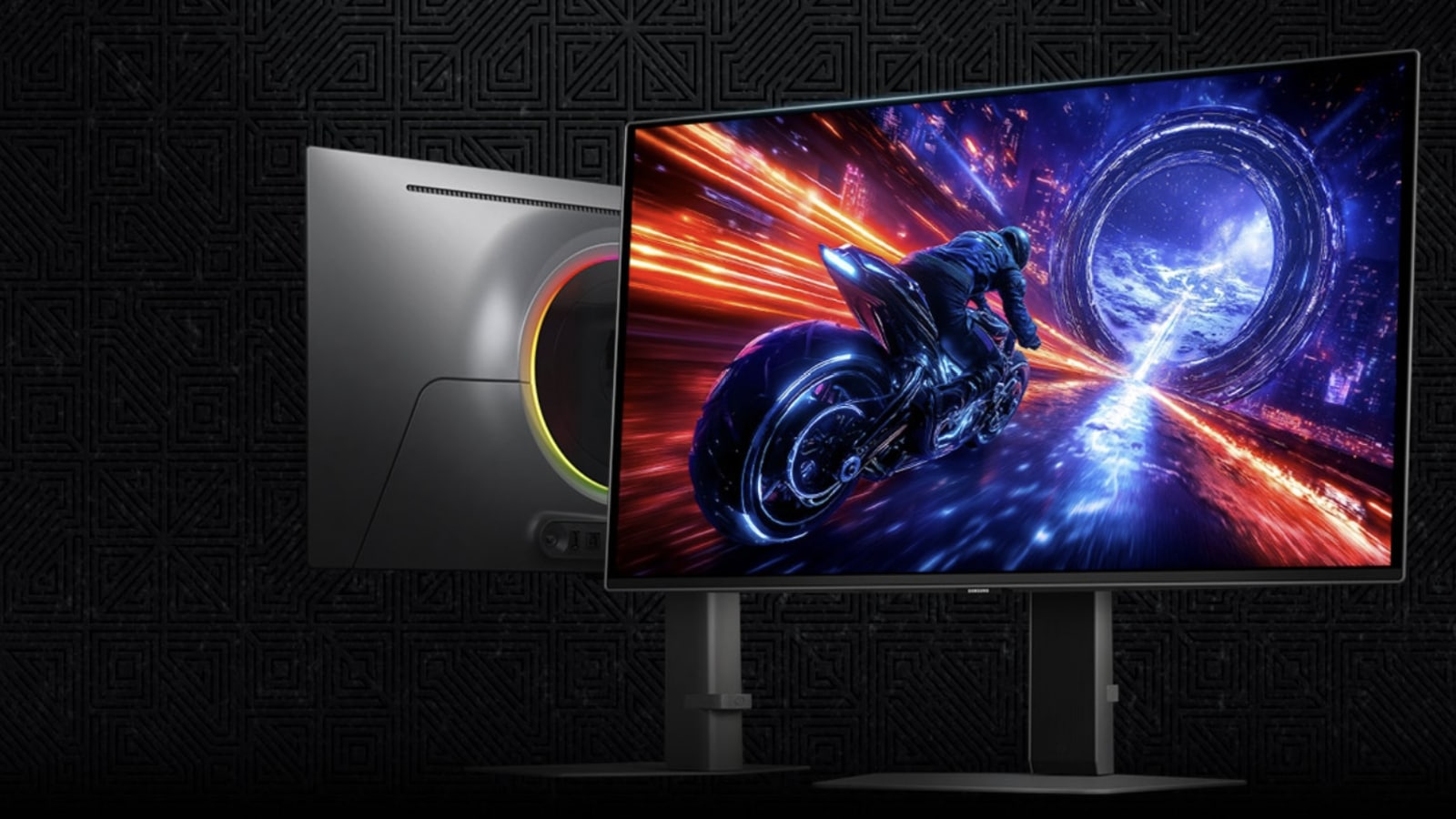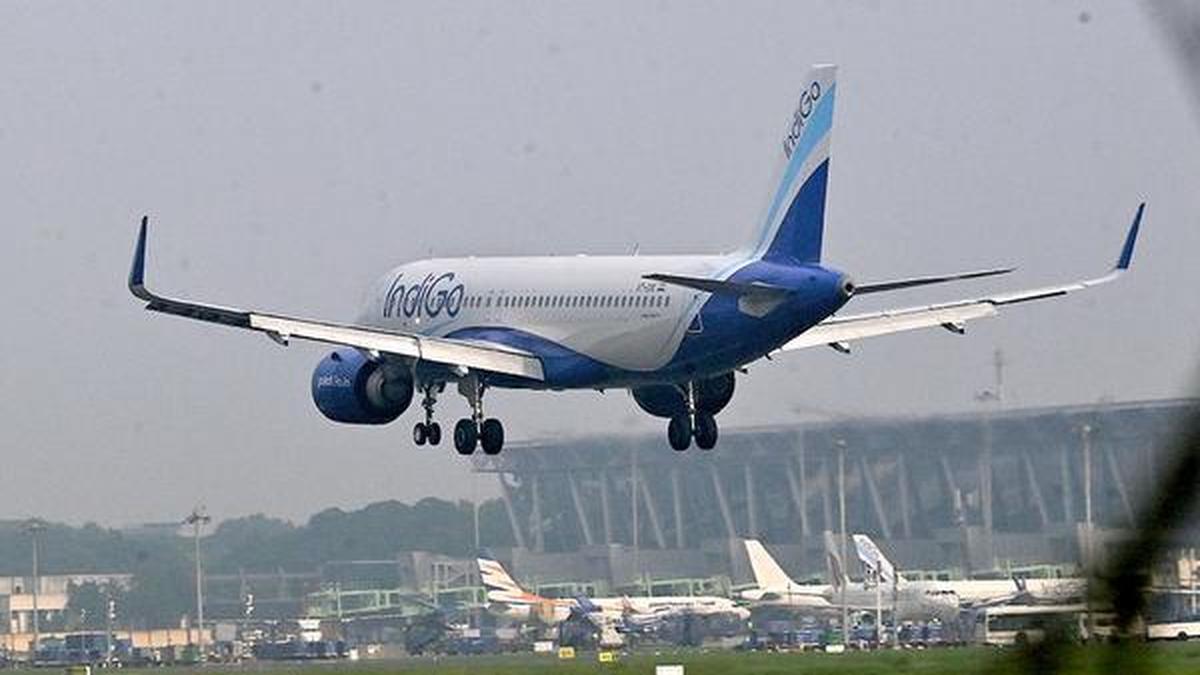Move over Mario. Nintendo Co. has a new mascot in the form of the shape-changing, ink-splattering, squid-like Inklings of its latest Switch smash hit.
Splatoon 3, the newest iteration of its team shooter franchise, sold 3.45 million copies in its first three days on sale in Japan. That’s made it Nintendo’s fastest-ever seller in the country, on any platform. For a franchise that few casual observers are likely to have heard of, that’s an impressive feat; investors were certainly caught unaware, with shares surging the most in almost two years.
They’re right to react. While Nintendo has been criticized for overly depending on its classic characters, the success of Splatoon is a demonstration of an enduring ability to create new franchises — and its determination to keep iterating existing properties until they become global favorites.
First, some squid history. Splatoon initially appeared in 2015 as a rare hit on the ill-fated Wii U console. It sold nearly 5 million units worldwide, not bad considering it was on a machine that almost no one bought. A sequel launched early in the Switch’s life and quietly powered its way to 13.3 million units.
But few would have considered Splatoon one of Nintendo’s core franchises; there’s no squid-themed section at the Nintendo World in Universal Studios. The top-selling games on the Switch tend to be franchises that date back decades — Mario Kart, the No. 1 game on the machine, first launched in 1992; Smash Bros. and the pandemic-era slow life hit Animal Crossing date back to the Nintendo 64 around the turn of the millennium.
Like Splatoon, both of these franchises were hardly household names on their first attempt. Instead, Nintendo keeps at it — perfecting the formula, keeping existing fans and adding new ones, until the timing is right.
At the most basic level, Splatoon owes its success to the Nintendo’s familiar core strengths: iconic design, a family-friendly nature that appeals to all age groups, and ingenious gameplay. It’s an online, team-based shooter where instead of seeking the most kills or trying to be the last to stay alive, players try to capture more territory for their side by coating it in ink — which can then be used to swiftly travel through the map in the form of a squid.
More than anything, it’s Nintendo usability that’s integral to Splatoon’s success, and separates it from the myriad other free shooters out there. Players don’t have to be a crack shot to enjoy Splatoon; instead, they can help their team by staying out of trouble and painting the map to capture more territory. That has helped it appeal in Japan, where shooters have typically been less popular than in the West.
For Nintendo to turn an often-violent genre into a cartoon concept everyone can play is impressive. For it to succeed when there’s a plethora of free alternatives available is even more so. Fortnite, PUBG and FreeFire have become storied franchises, bringing in billions of dollars in revenue largely through a freemium model — free to download, then up-selling season passes and in-game items.
Nintendo takes a very different approach, charging$60 for entry but providing the full experience for free — though players will need a Nintendo Switch Online subscription to take part in online battles.
Producing hit content in-house, instead of selling games from external developers, is also something Nintendo prides itself on. But it’s not just about bragging rights: Internally-created games bring higher profit margins, and open up chances to garner royalty income when those characters are used to sell everything from movies to packaged food.
That’s something Nintendo is becoming increasingly good at — the forthcoming Super Mario movie made with Illumination Entertainment Inc., the studio behind the smash-hit Minions, is likely to shift that into overdrive. Last quarter, 76% of Nintendo’s software sales came from first-party titles, while royalty, mobile and related businesses have also been adding to corporate revenue.
Earnings rise and fall on a company’s ability to get users to pay extra for a game they got for nothing. Sea Ltd.’s Garena game unit, for example, posted a 12% drop in digital entertainment revenue last quarter in large part because paying users fell 39%, and that’s despite it owning the FreeFire third-person shooter title which it says was the most downloaded game globally, and highest-grossing across multiple markets.
Like Sony Group Corp., Nintendo has been facing the risk of a post-pandemic hangover. It’s already forecasting waning sales of the Switch, as most of those likely to buy one already have done so.
Yet the near future for the company looks good, with the next entries in the blockbuster Pokemon franchise set to hit in time for the holidays, while the long-awaited sequel in the Zelda franchise, Tears of the Kingdom, will finally launch next May.
But by mixing in newer franchises like Splatoon even as it keeps the old ones fresh, Nintendo is less dependent on tentpole properties such as Mario. Splatoon 3’s sales might spur Nintendo to invest even more energy into new characters and games — as well as the marketing required to promote them. That’ll give gamers and investors alike something more to look forward to.
!function(f,b,e,v,n,t,s)
{if(f.fbq)return;n=f.fbq=function(){n.callMethod?
n.callMethod.apply(n,arguments):n.queue.push(arguments)};
if(!f._fbq)f._fbq=n;n.push=n;n.loaded=!0;n.version=’2.0′;
n.queue=[];t=b.createElement(e);t.async=!0;
t.src=v;s=b.getElementsByTagName(e)[0];
s.parentNode.insertBefore(t,s)}(window, document,’script’,
‘https://connect.facebook.net/en_US/fbevents.js’);
fbq(‘init’, ‘444470064056909’);
fbq(‘track’, ‘PageView’);







